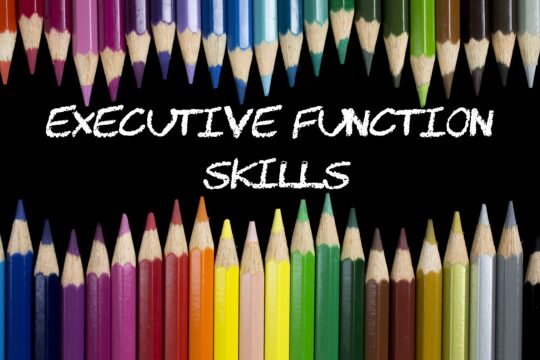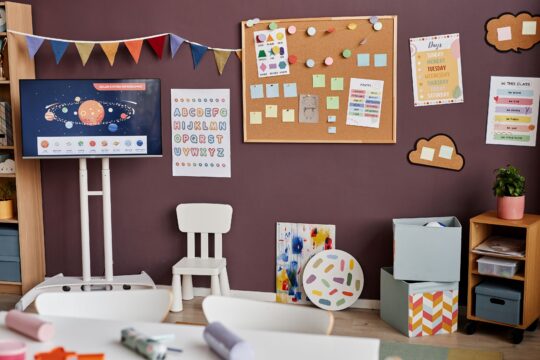Despite the widespread use of technology in the classroom, handwriting remains an essential skill for academic success. Cultivating neat penmanship among can prove challenging since students’ fine motor skills can develop at different stages. However, with a little practice and strategic encouragement, you can improve your student’s handwriting skills making them more legible.
The Importance of Good Handwriting
suggests that writing by hand engages the brain more than if you were typing on a keyboard. It also improves your memory and understanding of what you are learning. Additionally, neat, legible handwriting can have a positive impact on student grades.
Understanding the Purpose
To foster neat handwriting skills, students need to understand the purpose behind their writing. To ensure great penmanship students must know who their audience is and why their message needs to be clear. Once they understand this, it will help pave the way for them to communicate more legibly.
Identifying Challenges
Before teaching any improvement strategies, you must understand any challenges students may have. For example, lack of fine motor skills, poor grip, lack of confidence, or lack of interest. You must first address these challenges before moving on to any new strategies.
Improvement Strategies
Here are a few effective strategies to improve handwriting skills.
Back to the Basics
Improving handwriting skills means focusing on the basics like pencil grip and correct posture, these two components play a huge role in enhancing the quality of a student’s writing. Try adjusting their grip to find what’s comfortable for them. Proper posture is another important component of neat handwriting. Sitting upright with feet on the floor and paper-angled can help students write better and prevent discomfort.
Daily Practice
Handwriting improves with practice. Therefore, students must practice their handwriting daily. Worksheets are great for practicing letter formation and proper spacing between letters and words. One way to incorporate daily handwriting exercises into your curriculum is to create a handwriting station. This designated area in the classroom should include paper, pencils, practice writing worksheets, markers, crayons, stickers, stencils, or any other material that would make handwriting practice fun.
Creating Incentives
Creating incentives to improve handwriting is a strategy that will motivate students to work harder and put forth their best effort. Whether it’s a tangible award like a prize from the prize box or simple praise from a teacher or peer, or a display of students’ work, students are more likely to try. Incentives can also help to build confidence and give students a sense of accomplishment.
Using Multi-Sensory Techniques
To ensure you’re meeting the needs of use multisensory techniques. Here are a few ideas. Tactile learners can trace letters in sand or shaving cream helping them feel the correct formations of the letters. Kinesthetic learners can form letters in the air with their arms, mimicking the shape of the letters. Auditory learners can step, clap, or sing the letter formation to help retention. While visual learners can use visual aids or charts as a model to emulate.
Incorporating Technology
Technology may sound counterintuitive when it comes to improving handwriting skills, but there are specific apps designed to complement traditional handwriting methods. For example, the app allows students to trace lines, shapes, and letters with the option to remove tracing lines. Students also have to trace the letter five times correctly before they can move on to the next letter making it an engaging and interactive way to practice letter formation.
Personalizing Student Experience
You must remember that each student is unique and what works for one student may not work for another. That is why it’s essential to identify any challenges a student may have first, then work with them to employ specific techniques that are tailored to how they learn best.
Using positive Reinforcement
Handwriting is a long process that takes a lot of patience, which is why it’s so important to offer plenty of positive reinforcement. The more supportive a student’s learning environment is, the more they will be motivated to practice. The more they practice, the better their handwriting will become.
Get Parents Involved
Involve parents in the process by sending home practice materials to reinforce what’s being learned in the classroom. For example, handwriting worksheets, names of apps to download for practice, as well as tips such as creating a comfortable writing space in the home and using a reward system to keep their child motivated.
Handwriting is an essential skill that cannot be overlooked even in this digital era. Not only does it enhance cognitive development and understanding but it also improves memory retention and comprehension. To foster neat handwriting in students, it’s important to highlight its purpose, implement effective strategies such as incentives, technology, and daily practice, as well as motivate students to take pride in their penmanship. By doing so you are equipping students for academic success that’s beyond digital tools.




